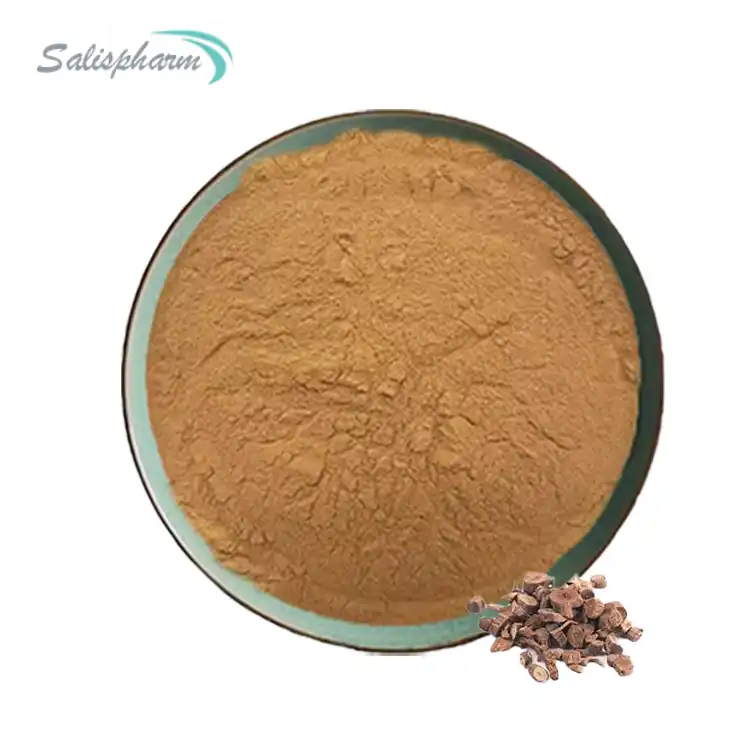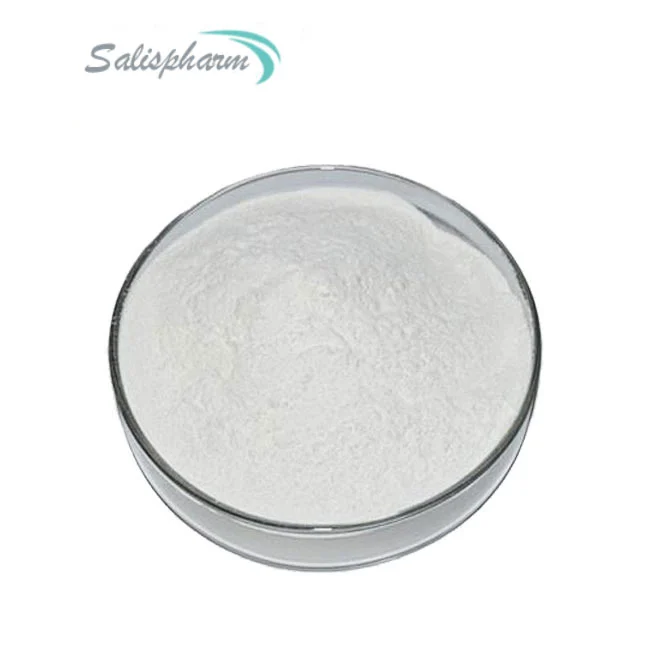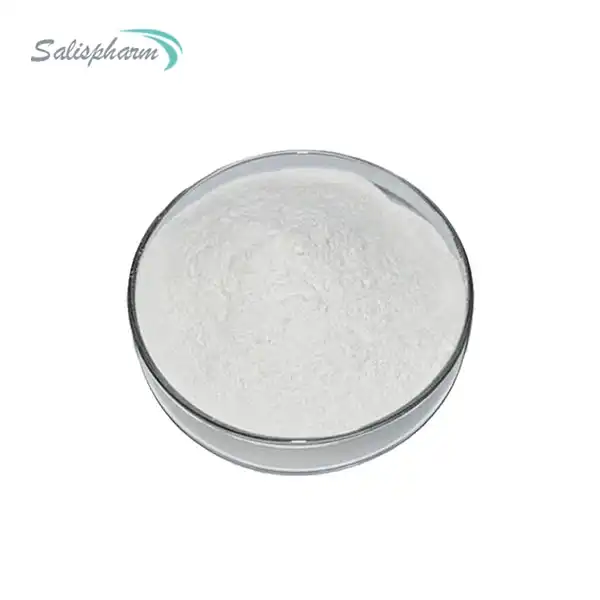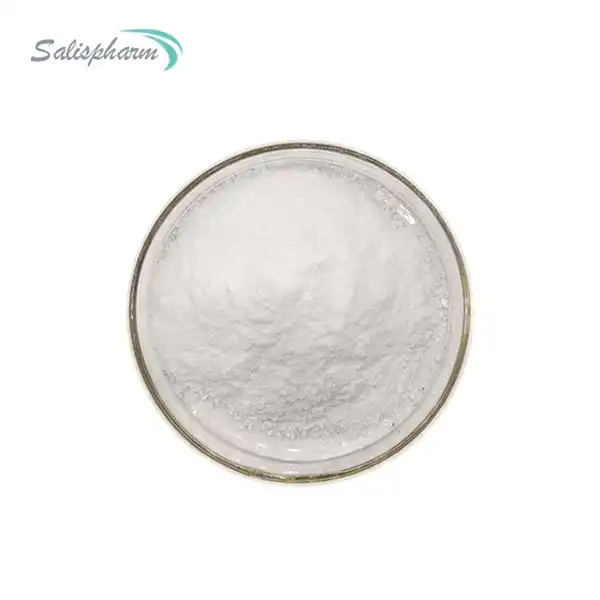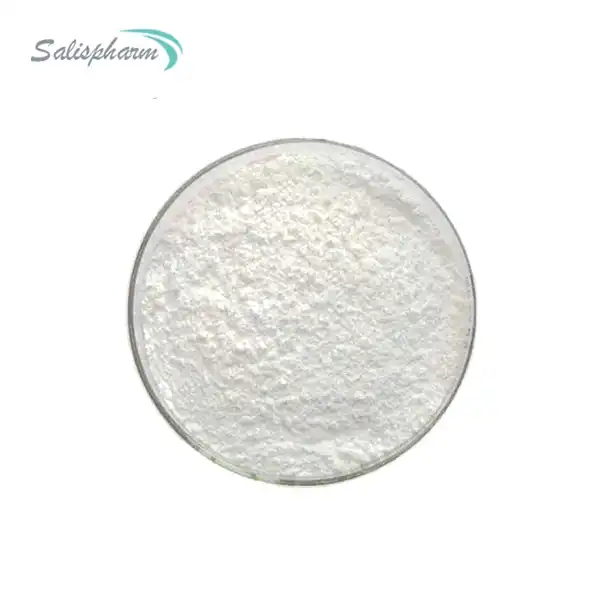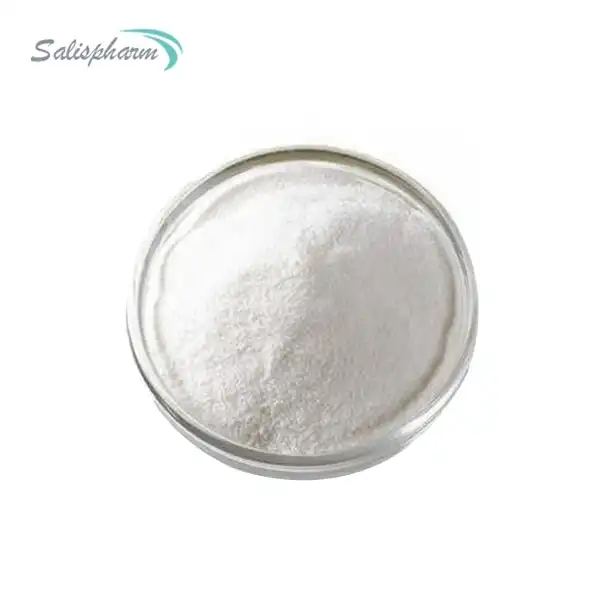Sildenafil powder, the active ingredient in Viagra, has revolutionized the treatment of erectile dysfunction (ED) since its introduction in the late 1990s. This medication works by enhancing the effects of nitric oxide, a natural chemical in the body that relaxes muscles in the penis, increasing blood flow and allowing for an erection when sexually stimulated. As a phosphodiesterase type 5 (PDE5) inhibitor, sildenafil helps men with ED achieve and maintain erections suitable for sexual activity.
What is the difference between sildenafil powder and Viagra?
Sildenafil powder and Viagra are essentially the same medication, with sildenafil being the active ingredient in Viagra. The main difference lies in branding and, often, cost. Viagra is the brand name version manufactured by Pfizer, while sildenafil is the generic form of the drug. Both contain the same active ingredient and work in the same way to treat erectile dysfunction.
When Pfizer's patent on Viagra expired, other pharmaceutical companies gained the ability to produce and sell generic versions of sildenafil. This has made the medication more accessible and affordable for many men suffering from ED. Generic sildenafil is often significantly less expensive than brand-name Viagra, despite having the same efficacy and safety profile.
The production process for both Viagra and generic sildenafil involves creating a fine powder form of the active ingredient. This powder is then typically compressed into tablet form for easy consumption. However, some compounding pharmacies may offer sildenafil in its powder form for specific patient needs or dosage customization.
It's important to note that while the active ingredient is the same, there may be slight differences in the inactive ingredients between Viagra and generic sildenafil. These differences do not affect the medication's effectiveness but may impact factors such as how quickly the drug is absorbed or how long it lasts in the body. Some patients may find that they respond slightly differently to generic sildenafil compared to Viagra, but this is generally not significant.
When considering sildenafil powder versus Viagra, patients should consult with their healthcare provider to determine which option is best for their individual needs and circumstances. Factors such as cost, insurance coverage, and personal preference may influence the decision between brand-name and generic versions of the medication.
How long does sildenafil bulk powder stay in your system?
Understanding the duration of sildenafil's effects in the body is crucial for both patients and healthcare providers. Sildenafil bulk powder, whether in its generic form or as Viagra, has a relatively short half-life in the human body, which affects how long it stays in your system and remains effective.
On average, sildenafil has a half-life of approximately 4 hours. This means that after 4 hours, about half of the drug has been metabolized and eliminated from the body. However, this doesn't necessarily correlate directly with how long the effects of the medication last. Many men report being able to achieve erections for up to 4-5 hours after taking sildenafil, although the strength and duration of these erections may diminish over time.
Several factors can influence how long sildenafil stays in your system:
1. Dosage: Higher doses of sildenafil may remain in the body for a longer period. Typical doses range from 25mg to 100mg, with 50mg being the most common starting dose.
2. Age: Older individuals tend to metabolize sildenafil more slowly, which can lead to the drug staying in their system longer.
3. Liver and kidney function: These organs are responsible for metabolizing and eliminating the drug from the body. Impaired function can prolong the presence of sildenafil in the system.
4. Diet: Taking Sildenafil powder with a high-fat meal can delay its absorption, potentially extending its presence in the body.
5. Other medications: Certain drugs, particularly those that inhibit CYP3A4 enzymes (like some antibiotics or antifungals), can slow down the metabolism of sildenafil, increasing its duration in the system.
It's important to note that while traces of sildenafil may remain in your system for up to 24 hours, its effectiveness in treating erectile dysfunction typically doesn't last this long. The peak plasma concentration of sildenafil occurs around 30-120 minutes after ingestion, which is when the drug is most effective.
For those using sildenafil bulk powder, it's crucial to follow the prescribed dosage and timing instructions. Taking more of the medication will not necessarily prolong its effects and may increase the risk of side effects. Additionally, sildenafil should not be taken more than once in a 24-hour period.
Healthcare providers may adjust dosages or recommend different timing strategies based on individual patient responses and needs. Some men find that taking sildenafil about an hour before sexual activity works best, while others may need to take it 2 hours before or as little as 30 minutes prior.
Understanding the pharmacokinetics of sildenafil can help users manage their expectations and plan their sexual activities accordingly. It's also worth noting that while sildenafil is effective for many men with ED, it does not cure the underlying condition and is not a permanent solution. Regular follow-ups with a healthcare provider are important to monitor the medication's effectiveness and address any changes in health status.
Can sildenafil powder be used for other medical conditions besides ED?
While sildenafil powder is primarily known for its use in treating erectile dysfunction, research has shown that it has potential benefits for various other medical conditions. The versatility of sildenafil stems from its mechanism of action as a phosphodiesterase type 5 (PDE5) inhibitor, which affects blood flow and muscle relaxation throughout the body.
One of the most well-established alternative uses for sildenafil is in the treatment of pulmonary arterial hypertension (PAH). In fact, a lower-dose formulation of sildenafil is marketed under the brand name Revatio specifically for this purpose. PAH is a condition characterized by high blood pressure in the arteries that supply the lungs, which can lead to heart failure if left untreated. Sildenafil helps relax the blood vessels in the lungs, reducing the workload on the heart and improving exercise capacity in patients with PAH.
Research has also explored the potential of sildenafil in treating Raynaud's phenomenon, a condition that affects blood flow to certain parts of the body, particularly the fingers and toes. By promoting vasodilation, sildenafil may help improve circulation in affected areas, reducing pain and discoloration associated with Raynaud's.
In the field of sports medicine, some studies have investigated the use of sildenafil to improve athletic performance, particularly in conditions of low oxygen, such as high-altitude training. The theory is that by enhancing blood flow and oxygenation, sildenafil might improve endurance and performance. However, it's important to note that such use is not approved by regulatory bodies and remains controversial.
Sildenafil has also shown promise in treating certain cardiovascular conditions. Some research suggests it may help in cases of diastolic heart failure by improving the heart's ability to relax between beats. Additionally, there is ongoing investigation into its potential to reduce the risk of heart attacks and strokes in patients with coronary artery disease.
In the realm of neurology, preliminary studies have explored sildenafil's potential in treating vascular dementia by improving blood flow to the brain. While more research is needed, these early findings suggest that sildenafil could have neuroprotective properties.
Another area of interest is in fetal medicine, where sildenafil has been studied for its potential to improve placental function in cases of fetal growth restriction. By enhancing blood flow to the placenta, it may help improve fetal growth and development. However, this use remains experimental and requires further investigation to establish safety and efficacy.
Sildenafil has also been investigated for its potential in treating altitude sickness. At high altitudes, the reduced oxygen levels can lead to pulmonary edema, and sildenafil's ability to dilate blood vessels in the lungs may help prevent or alleviate this condition.
In dermatology, there has been some exploration of sildenafil's use in treating certain skin conditions, such as digital ulcers in patients with systemic sclerosis. The improved blood flow may aid in healing and reduce pain associated with these ulcers.
It's crucial to emphasize that while these alternative uses of sildenafil show promise, many are still in the research phase or are considered off-label uses. Patients should not use sildenafil for these conditions without proper medical supervision and approval. The dosages, frequency, and administration methods for these alternative uses may differ significantly from those used in treating erectile dysfunction.
As research continues, it's likely that we will discover even more potential applications for sildenafil powder. Its ability to modulate blood flow and affect various physiological processes makes it a versatile compound with wide-ranging potential in medicine. However, as with any medication, the benefits must always be weighed against potential risks and side effects, and use should always be under the guidance of a qualified healthcare professional.
In conclusion, while sildenafil powder is best known for its role in treating erectile dysfunction, its mechanism of action opens up possibilities for treating a variety of other medical conditions. As research progresses, we may see expanded approved uses for this versatile medication, potentially benefiting patients across multiple medical specialties.
If you are also interested in this product and want to know more product details, or want to know about other related products, please feel free to contact iceyqiang@aliyun.com.
References:
1. Ghofrani, H. A., et al. (2006). Sildenafil: from angina to erectile dysfunction to pulmonary hypertension and beyond. Nature Reviews Drug Discovery, 5(8), 689-702.
2. Galiè, N., et al. (2005). Sildenafil citrate therapy for pulmonary arterial hypertension. New England Journal of Medicine, 353(20), 2148-2157.
3. Fries, R., et al. (2005). Sildenafil in the treatment of Raynaud's phenomenon resistant to vasodilatory therapy. Circulation, 112(19), 2980-2985.
4. Hsu, A. R., et al. (2006). Sildenafil improves cardiac output and exercise performance during acute hypoxia, but not normoxia. Journal of Applied Physiology, 100(6), 2031-2040.
5. Guazzi, M., et al. (2011). PDE5 inhibition with sildenafil improves left ventricular diastolic function, cardiac geometry, and clinical status in patients with stable systolic heart failure. Circulation: Heart Failure, 4(1), 8-17.
6. Sheng, M., et al. (2017). Phosphodiesterase-5 inhibitors: are they effective in improving cognitive function in patients with vascular dementia? A systematic review and meta-analysis. BMJ Open, 7(9), e016191.
7. Ganzevoort, W., et al. (2014). A randomised trial of sildenafil for fetal growth restriction. New England Journal of Medicine, 370(19), 1786-1796.
8. Richalet, J. P., et al. (2005). Sildenafil inhibits altitude-induced hypoxemia and pulmonary hypertension. American Journal of Respiratory and Critical Care Medicine, 171(3), 275-281.
9. Brueckner, C. S., et al. (2010). Effect of sildenafil on digital ulcers in systemic sclerosis: analysis from a single centre pilot study. Annals of the Rheumatic Diseases, 69(8), 1475-1478.
10. Goldstein, I., et al. (1998). Oral sildenafil in the treatment of erectile dysfunction. New England Journal of Medicine, 338(20), 1397-1404.



